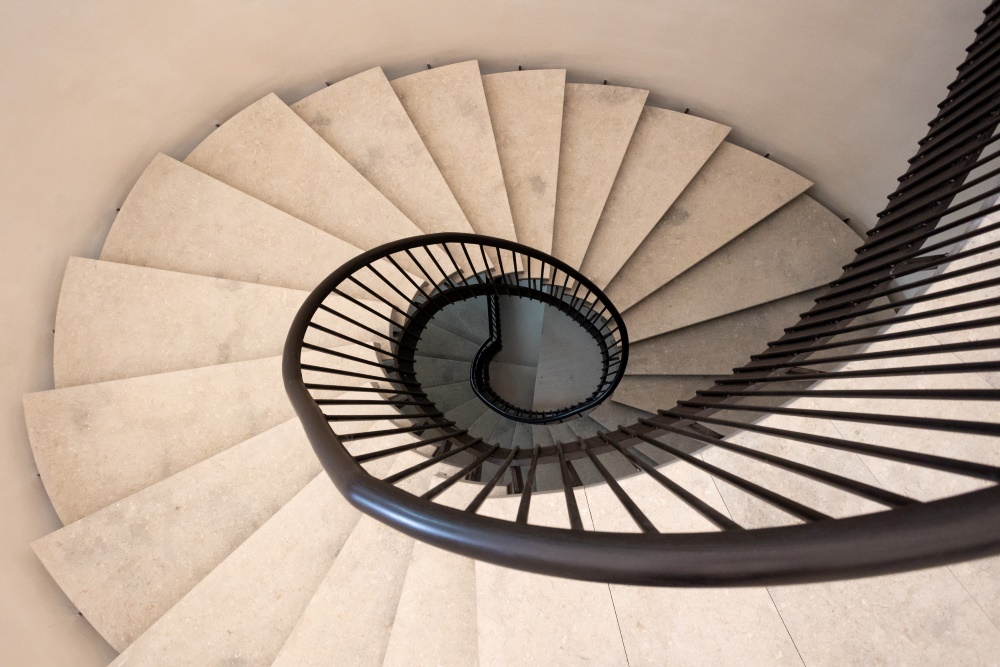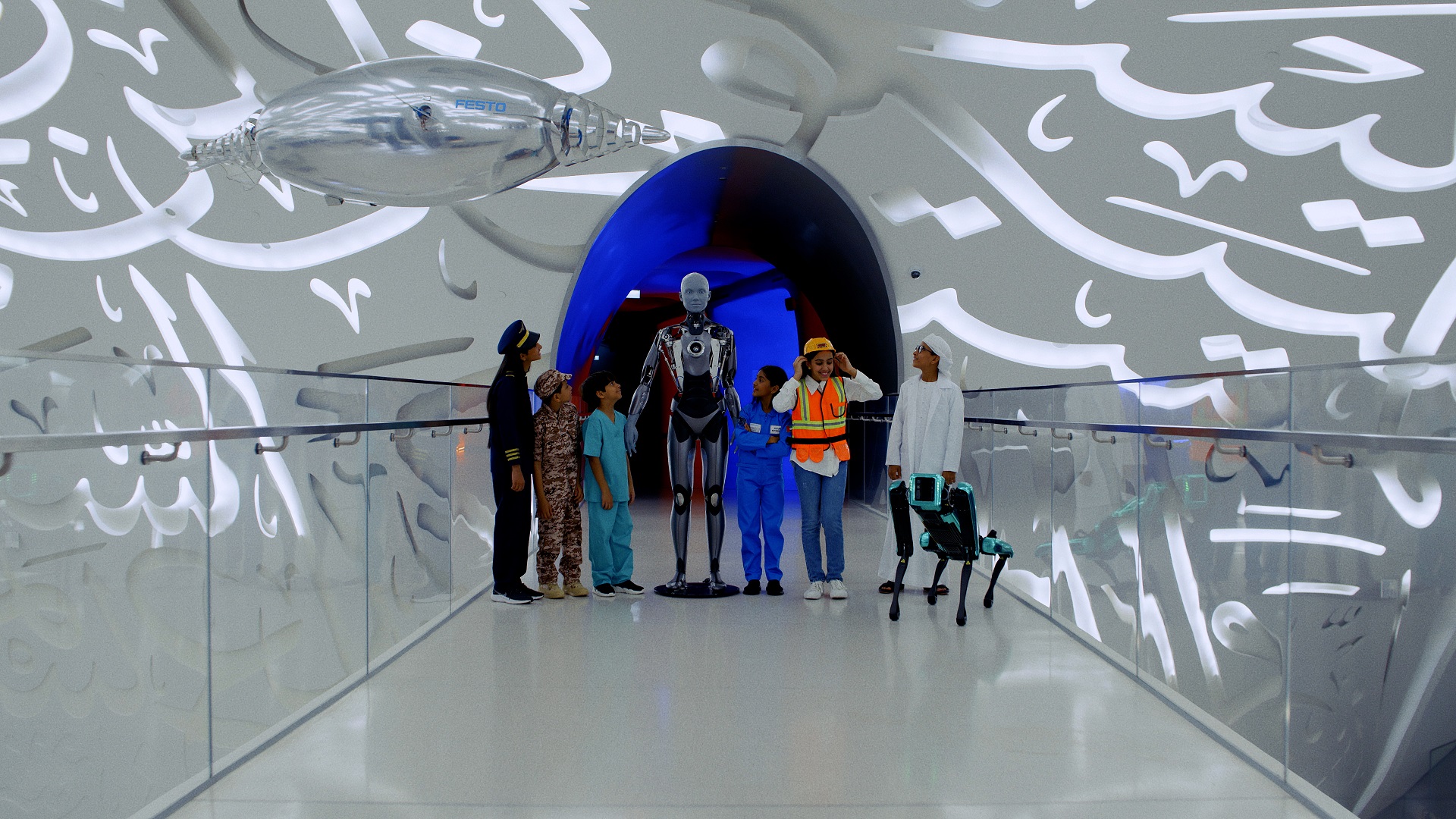Sigrid van Roode is a jewellery historian and archaeologist. For her, jewellery is the material expression of values, customs and traditions. She frequently writes articles and blogs and is the author of several books, of which Desert Silver is widely acclaimed by its readers as one of the most accessible introductions to jewellery from the Arab world. She also runs www.bedouinsilver.com. Arte & Lusso team is fascinated with Sigrid’s work and we are excited to share the exclusive interview where we have discussed her journey as a jewellery researcher, her latest book Silver and Frankincense and the cultural value of jewellery in our lives.

Why have you chosen history of jewelry and what fascinates you the most about it?
Well, that was by coincidence…I hold an M.A. in Egyptology and during our excavation seasons we would spend our day off in Cairo. It was there that I was first shown vintage silver jewellery, and I was immediately intrigued because I had never seen the likes of it. So, I started to read up about it and ask around, and here we are! As an archaeologist, I study jewellery not just as adornment, but as the material expression of values, beliefs and customs. I am fascinated by the incredible number of stories jewellery holds: it tells you so much about trade, history, fears, happiness, in short, about life.

What are the main aspects of jewelry?
Jewellery is, and has been for a long time, a sound financial investment. Back before official coins were issued, wealth was shown in silver, and what better way to keep your wealth close than by wearing jewellery? It would also communicate your social status: whether you were rich or poor, of course, but also whether you were married, had children, where you lived…And much of it would also function as an amulet or talisman, to offer protection from evil forces. A final aspect I feel is that jewellery is not static. It changes, along with shifting preferences or alterations in the way of life of its wearers. That, to me, makes that jewellery holds a collective memory, it documents history in silver.

How is jewelry related to the culture of a specific country or area?
Jewellery ties in directly and deeply with the social groups in which they are worn. I choose to speak of social groups here instead of countries, as jewellery and dress styles generally predate modern boundaries. Jewellery forms a visible part of a collective identity: this is who we are. By looking at a woman, you will be able to see where she comes from in her jewellery and dress, among other things. Also, the geographical reach and/or a common identity is reflected in jewellery. In Siwa oasis, Egypt, for example, the inhabitants belong to the Amazigh. Their jewellery, but also their clothing, reflects connections as far away as Morocco. Each group, either sedentary or nomadic, each village, tribe or branch of a tribe has its own jewellery variations and its own stories that come with it.

Apart from jewelry, what catches your interest
I am interested in everything that is a material part of the personal self. Jewellery is part of an ensemble, together with for example dress, hairstyles and body aesthetic; it’s not meant to be isolated. In a way, you could say jewellery is often looked at as a solo performer, while it is very much part of a chorus. The same decorations in jewellery also occur in embroidery, weaving and henna patterns, colours and fragrances are used in several aspects of personal appearance. So, although my focus remains firmly on jewellery, I want to understand its context alongside other expressions of personal appearance.
Is ancient jewelry a part of your daily look? What does it mean to wear old pieces? Does it start cultural conversations with people around you?
It is! I prefer to wear jewellery that has lived before and has tales to tell over newly-made items. I don’t want these pieces to wilt away in a drawer or a glass case. They are meant to be worn, to be part of everyday life, to be included in conversation. They often are a conversation starter, which gives me the opportunity to share a little about their life in another culture. They function as intermediary, as a simple question about a bracelet sometimes leads to a cultural conversation and build bridges. I love how jewellery has the power to connect people and encourages them to explore each other’s culture starting from a common interest in a beautiful piece.

When did you start collecting jewelry and what collections are you most proud of and why?
My first purchase was a small silver pendant that I found in Cairo, 25 years ago. I had no idea at the time what it was, but it turned out to be a pendant used in the zār ceremony. Zār is a possession cult and during this ceremony possessed women would make peace with the spirit that is ailing them. Such spirits are often depicted on the type of pendant that I found all those years ago, and the collection of these pendants that I have built over the years is one that I particularly treasure. This jewellery has the potential to tell so many stories about women over the course of a century, and unlocking these this is now the topic of my PhD research at Leiden University.

What are your tips for someone who wants to start collecting jewelry?
The best piece of advice I could think of is to inform yourself. Learn in as many ways a you can: listen, read, compare, handle. Even though this type of jewellery is still offered for sale in virtually every country in the Arab world, it is becoming increasingly rare. And not just in the Arab world: traditional Dutch jewellery for example is equally rare to find. Also, I would urge you to be aware that collecting vintage jewellery is collecting heritage, and with that comes a responsibility. Document and record as much details about the life of your pieces as you can find: not to sound too macabre, but what will happen to them if you’re no longer there? Not only will your heirs be clueless as to what to do with them, but the story of a people will become irretrievably lost. So, enjoy them, cherish them, document them, and pass them on for yet another lifetime!
What is the focus of your upcoming book?
My new book, Silver and Frankincense, discusses the invisible component of personal appearance: scent. Fragrance has always been incredibly important in the Arab world, and like jewellery serves much more than just one goal. I’m delving into rituals, traditions and customs across this vast region to explore how scent is used in personal adornment. Silver and Frankincense offers insight in the social and spiritual values of fragrance and shows many examples of material culture, from perfume jewellery to incensing devices. Here as well, I am interested by the connection between material and immaterial culture. How do you keep evil forces at a distance, untie spells or attract love? How does fragrance serve to protect a bride or bless guests? There is literally a part of the story we do not see, but can only smell. And oh, those scents…oudh, ambergris, frankincense, sandalwood, rose, clove, basil, orange blossom and so much more: it’s safe to say I got a little obsessed with all of them when I was writing this book!
Silver and Frankincense (paperback only) can be ordered online through the publisher, via Oxbow Books and Casemate US. Your bookstore will be able to order it for you as well.

You can order your own copy here https://en.blikvelduitgevers.nl/product-page/pre-order-silver-frankincense-scent-and-personal-adornment-in-the-arab-world
Follow Sigrid van Roode’s journey on Instagram @BedouinSilver



